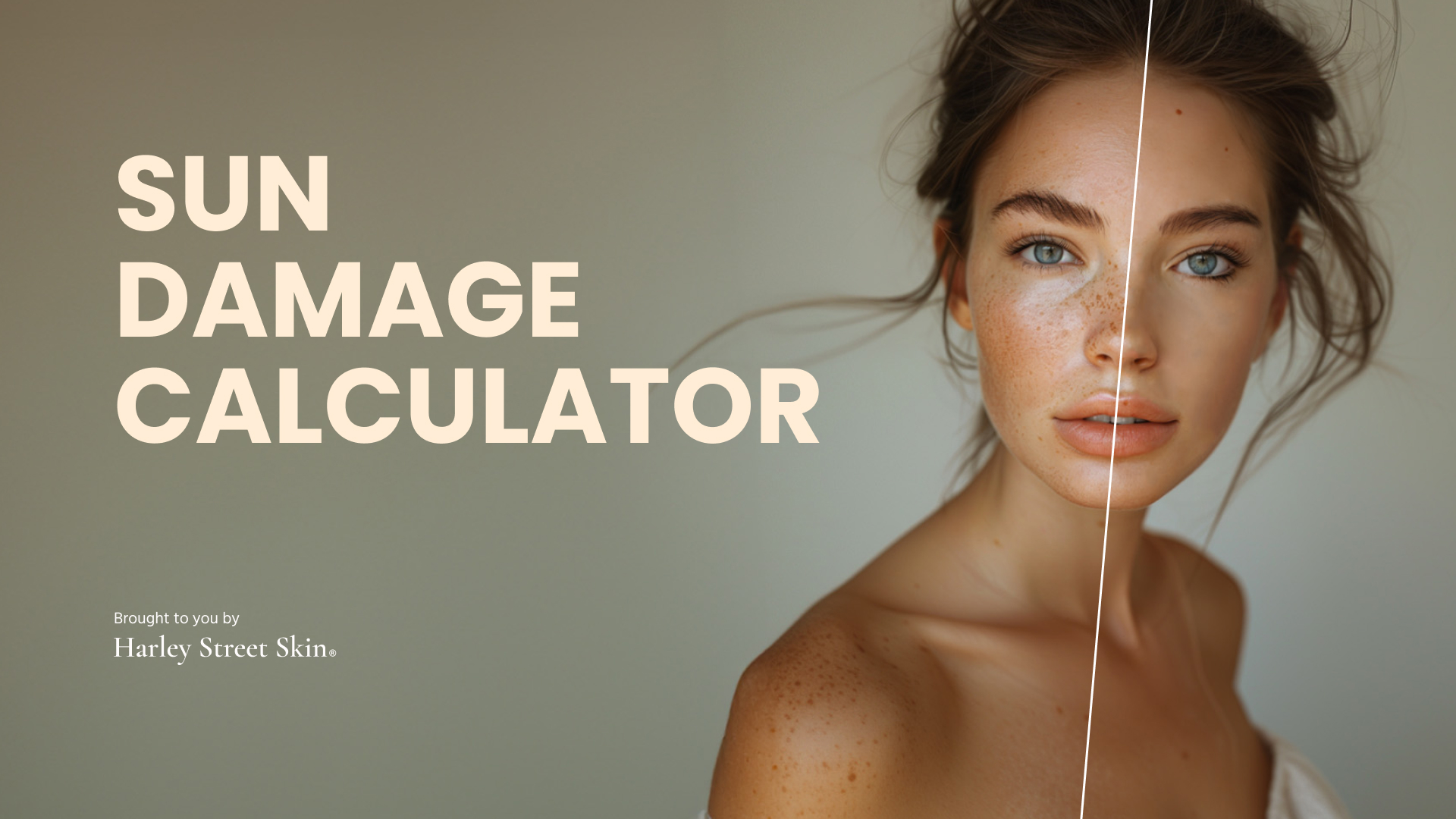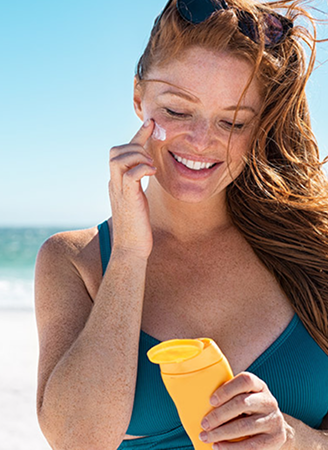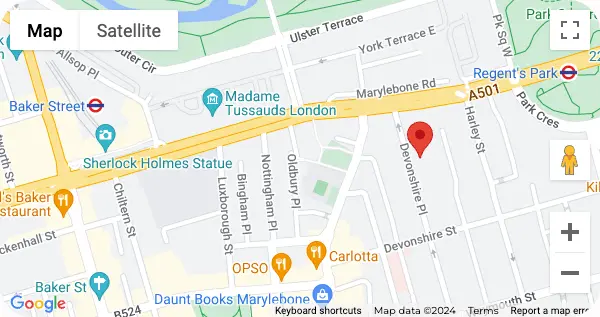Dermatological
Non-surgical
Surgical
Expert care for a wide range of skin conditions, ensuring healthy, radiant skin.
Lesions & Bumps
Comprehensive care for skin lesions and bumps, promoting clear and healthy skin.
Lifting & Tightening
Advanced treatments to lift and lighten the skin, enhancing firmness and brightness.
Rejuvenation
Revitalize your skin with advanced treatments designed to restore a youthful glow.
Skin Treatments
Effective solutions for a variety of skin concerns, promoting clear and healthy skin.
Wellness
Holistic skincare approaches to support overall skin health and well-being.
Advanced, non-invasive treatments to rejuvenate your appearance without surgery.
Body Treatments
Transformative, non-invasive treatments to sculpt and tone your body effortlessly.
Facial Treatments
Rejuvenating facial treatments to refresh and enhance your natural radiance.
Hair Treatments
Advanced treatments to restore hair vitality and promote healthy growth.
Injectables
Minimally invasive injectables to smooth wrinkles and enhance facial contours.
Precision cosmetic surgery tailored to enhance and refine your natural beauty.
Body Surgery
Expertly performed body surgeries to reshape, contour, and enhance your physique.
Breast Surgery
Specialized breast surgeries to enhance shape, size, and symmetry for a natural look.
Cosmetic Andrology
Advanced procedures designed to enhance male aesthetics and address intimate concerns.
Cosmetic Gynaecology
Tailored surgical solutions to enhance feminine aesthetics and improve intimate well-being.
Facial Surgery
Precision facial surgeries to refine features and achieve natural, balanced results.
Fat Transfer/Removal
Advanced fat transfer and removal techniques to sculpt and enhance your body’s contours.
Comprehensive solutions to address a range of body concerns, from stubborn fat to skin laxity.
Breasts
Tailored solutions for breast concerns, including size, shape, and symmetry.
Other Areas
Targeted solutions for stubborn areas of the body, tailored to your unique needs.
Volume & Contouring
Specialized treatments to enhance body volume and improve overall contour for a balanced silhouette.
Holistic care focused on improving overall health and well-being for a balanced lifestyle.
Digestive Health
Comprehensive care to support digestive health and improve overall well-being.
Energy & Immunity
Holistic approaches to boost energy levels and strengthen your immune system for optimal health.
General Health
Personalized strategies to maintain and enhance your overall health and vitality.
Expert care for a wide variety of skin and facial concerns, promoting a healthy, glowing complexion.
Ageing Signs
Expert treatments to minimize ageing signs, rejuvenating your skin for a youthful glow.
Skin Texture & Tone
Advanced treatments to improve skin texture and even out tone for a smoother, radiant complexion.
Specific Areas
Targeted treatments to address skin concerns in specific facial areas for balanced, refined results.
Volume & Contouring
Tailored solutions to restore facial volume and enhance natural contours for a more youthful appearance.

Skin damage from sun exposure is a significant and often underestimated issue in the UK. Despite the nation’s relatively modest sunshine, the effects of UV radiation are profound and widespread. Skin cancer rates in the UK are rising faster than those of any other cancer type. According to Cancer Research UK, there were around 16,700 new melanoma skin cancer cases in the UK each year. Projections indicate that by 2040, there could be as many as 26,500 new cases of melanoma annually, a 59% increase.
UV damage also accelerates visible signs of ageing. These changes can appear slowly over time, often long before serious health issues like skin cancer develop. But how can you check if you have sun damaged skin? Are you more or less prone to sun damage based on your day to day life?
The Harley Street Skin Clinic team has created the Sun Damage Calculator to raise awareness of sun protection and support better skin health. This tool helps identify potential skin damage based on sun exposure habits and lifestyle choices.
By answering a few simple questions, you'll receive a personalised sun damage score that reveals how much the sun may have aged your skin and how you can better protect it moving forward.
From your postcode to your passport stamps, job location to daily habits, this tool assesses how your lifestyle may affect your risk of sun damage, whether you’re an everyday SPF user or a summer-only kind.
How to prevent sun damage

Use a broad-spectrum sunscreen daily
If you’re concerned about how much sun damage you have or want to take preventative measures to reduce your risk in the future, here are some tips for keeping your skin safe and protected in the sun.
Choosing a sunscreen with an SPF of 30 or higher that offers broad-spectrum protection (against UVA and UVB rays) can help avoid sun damage. You should apply it generously to all exposed skin, even on cloudy days, and reapply every two hours or immediately after swimming or sweating.

Seek shade on sunny days
Stay in the shade, especially during peak sun intensity hours, typically between 10 a.m. and 4 p.m. This is when UV radiation reaches its peak intensity and can do the most damage to your skin. When outdoors, use umbrellas, trees, or shelters like covered patios.

Wear sunglasses with UV protection
Investing in sunglasses that block 100% of UVA and UVB rays protects your eyes and the delicate skin around them. Look for labels that say “UV400” or “100% UV protection.”

Avoid tanning beds
Tanning beds emit harmful UV radiation that can accelerate photoaging and increase the risk of skin cancer. Due to concentrated UV exposure, regular sunbed use can lead to early fine lines, wrinkles, and sunspots. Saying no to sunbeds, consistently using SPF, and maintaining a consistent skincare routine will always be your best defence.

Wear protective clothing
Opting for tightly woven fabrics such as denim or canvas can offer better protection against UV rays than loosely woven clothing. Darker colours also tend to absorb more UV radiation, providing enhanced protection. Wet clothing provides significantly less UV protection, so when you’re abroad, try to change into dry attire as soon as you’ve finished swimming.

Wear a wide-brimmed hat
Choosing a hat with a wide brim can shield your face, ears, and neck from direct sunlight. Choose hats made from tightly woven fabrics like canvas for the best protection. You should avoid hats with holes, as they can let sunlight through. Baseball caps can offer protection, but ensure you protect your ears and neck with sunscreen.

Check the UV index
The UV index provides essential information to help you plan your outdoor activities to prevent overexposure to the sun. The higher the UV index, the greater the potential for skin damage. With a UV index of 3 or higher, take protective measures such as seeking shade, wearing protective clothing, and using sunscreen.
Methodology
This calculator asks a series of questions about your lifestyle habits, such as your location, how much time you spend outdoors, time spent abroad, weekend activities, skincare habits, sunbed use, sunburn history, and skin type.
Based on these answers, the calculator will generate a score out of 100, with a score below 40 representing minor sun damage and an 80-100 score representing extreme sun damage.
The score categories:
| Score Bracket | Result |
|---|---|
| Minor sun damage | <40 |
| Moderate sun damage | 40-60 |
| Severe sun damage | 60-80 |
| Extreme sun damage | 80-100 |
We used several sources to back up our research on the lifestyle job factors likely to cause sun damage. Including the following:
61,329
Happy patients served.
Need to reach us?
Contact or visit our clinic.
We're based in central London at the historic 14 Devonshire Pl which is only a short 2 minute walk from Regents Park tube station a 10 minute taxi journey to Kings Cross, and St Pancras stations.
We're open Monday - Friday 8am - 8pm, and Saturdays 9am - 5pm, feel free to drop in to talk to a member of our team where they can answer any of your questions.
Alternatively book an appointment, request a callback, chat via whatsapp 
